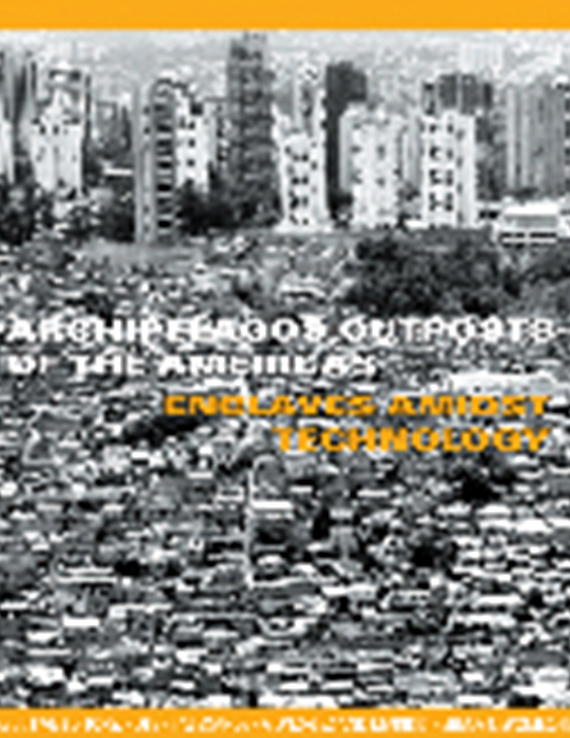Author(s): Wanda Dye
“Multiplicity is never in the terms, whatever their number, nor in the set, or totality, of them. Multiplicity is precisely in the AND, which does not have the same nature as the elements or the sets. […] The AND is neither the one nor the other, it is always between the two, it is the boundary, there is always a boundary, a vanishing trace or flow, only we don’t see it, because it is scarcely visible. And yet it is along this vanishing trace that things happen, becomings are made, revolutions are sketched out.” – Gilles DeleuzeThis investigation will explore the emerging concept of mass customization in architecture afforded by appropriating business strategies from other industries and new fabrication technologies. But instead of investigating it purely from a technical position; I wish to situate this concept within the heterogeneous philosophies and/or practices described in the writings of Michel de Certeau and Gilles Deleuze. Both of these authors have written on some of the inherent paradoxes of pragmatics and have strong parallels with the concepts behind mass customization. For example, the shift from mass production to mass customization as organizational concepts are parallel to the redefining of parts/wholes and either/or constructions to worlds within worlds and both/and constructions. de Certeau speaks of this shift as well in his description or redefinition between strategies and tactics. Similarly Deleuze argues for the shift and tension between smooth [homogenous] spaces and striated [heterogeneous] spaces. In both cases they argue that instead of seeing these “positions” as “opposites”; perhaps one needs to see them more as interrelated, constantly informing, and reforming each other. In other words they strive on action, conflict and turbulence.For example, Stan Davis states in the Foreword to Mass Customization: The New Frontier in Business Competition “that in parts/wholes, the mechanistic paradigm, the whole is the sum of its parts. An alternative notion holds that the whole exists simultaneously in every-one of its parts [similar to genetic code]. It is through this more holistic approach, the “mass” is to “whole” what “customization” is to “parts”; the whole and its parts go together. In either/or, the dichotomous paradigm, we still build our models around false dichotomies. To name but a few, we speak of strategy versus operations, cost versus quality, and centralized versus decentralized. The way out of the dilemma for scientists, finally, was to abandon the perspective of irreconcilable opposites, and to embrace interpretations that accept contradictions without trying to resolve them. Quantum mechanics does that in physics, mass customizing does that in business; one might call it a paradoxical blend.” What does all of this mean for the field of architecture? Today more and more architects are appropriating business strategies such as mass customization and customer integration and new technologies such as cad-cam and the internet. This has opened up a new landscape of architectural production that is more open ended, dynamic and integrated with the individual architect’s and client’s wants and needs. This paradigm shift has allowed the architect to once again have more quality control over the end product without the high costs of customized design; while conversely, in many cases, given the client an opportunity to be more integrated through out the design process. Thus both architect and client have more choice and input than previous “cookie cutter” design strategies and modes of production so prevalent in the mass market economies; thus it is heterogeneity in the making.customized design; while conversely, in many cases, given the client an opportunity to be more integrated through out the design process. Thus both architect and client have more choice and input than previous “cookie cutter” design strategies and modes of production so prevalent in the mass market economies; thus it is heterogeneity in the making.
Volume Editors
Marilys R. Nepomechie & Robert Gonzalez
ISBN
0-935502-54-8

 Study Architecture
Study Architecture  ProPEL
ProPEL 
